| It was a huge success for SWAN team in shooting and observing the Super-Blue-Blood-Lunar Eclipse on 31st January, 2018. Making it available for visitors to observe the eclipse through SWAN's telescopes, a participation of over 2500 people was seen in one evening at our observation location- Ram Krishna Ashram, Sahudangi. We are thankful to all the visitors, photo enthusiasts and media personnel who supported us in this venture. SWAN Jalpaiguri team was also in action with multiple telescopes, on Screen projection etc. |
Sky doesn't always disappoint. Sometimes it does just the opposite. Amid near zero possibility, sky became clear and we got to see the TWIN IRIDIUM FLARE. Two simultaneous flares at the same time, same location from two different satellites of the same orbit is too rare a event. Rather only one of its kind.
More importantly, both the sats are now near uncontrolled ones as reported. Both of them gave their respective flares almost 10 sec ahead of the time, mathematically calculated based upon their official TLE.  SWAN's Image of "Super Moon" SWAN's Image of "Super Moon" Super Moon as seen from our location Siliguri, India. After day long shower- when all hopes were lost. Then finally, it smiled up at late evening after 8:30PM- the Full Moon at Perigee. Changed plan, took a Hasty decision and our Junior members made the set up ready by 30 min. But yes, many of our enthusiastic friends and members missed it as we had to cancel our schedule program at Baghajatin Park due to heavy rain. Thanks to all for your encouragement and support.  Relative apparent sizes of Perigee full Moon and Average Full Moon. Image Credit: Sky & Telescope Relative apparent sizes of Perigee full Moon and Average Full Moon. Image Credit: Sky & Telescope Approaching ‘Perigee Full Moon’ or as it is called now- Supermoon. Now, being called as ‘Supermoon,’ an apparently large sized Moon is going to appear on our sky next 23rd June. This will be any Full Moon’s closest encounter in 2013. But yes, nothing to get too much excited- this happens once in every 14 months. This is actually known as ‘Perigee Full Moon.’ Moon moves around Earth on its orbit which is not a perfect circle. So, Moon goes far from Earth and also comes closer to Earth. The closest point to Earth on the orbit is called Perigee and farthest point is called Apogee. At the same time, due to Earth Moon Sun relative position, Moon keeps on showing us different phases. If a full Moon takes place when the Moon is very close to perigee , the round Moon appears to be bigger. Then it is called ‘Perigee Full Moon’ or recently ‘Super Moon.’ But ‘Supermoon’ is not a recognized term for this. On the 23rd June, Moon at its Full Moon phase will be at 356,991 km from Earth at 11:32 UT or 17:02 IST, just after 22 minutes of crossing its actual perigee point in orbit. The next Full Moon at perigee will be 10th August 2014. Distance between earth and moon will be 356,896 km. Next is September 28th 2015. November 14th 2016 will find Moon even closer at 356,509 km distance. The next first Full Moon at Perigee, closer than 356500 km will be on Nov 25th 2034. And, closer than 356400 km 1st January 2257. Last time Perigee Full Moon was that close on the January 14th 1930. There is not any special influence of Perigee Full moon in our life though this close encounter may cause certain higher level of tide at places.  Honorable Chief Minister of Sikkim Mr. Pawan Chamling visiting our stall Honorable Chief Minister of Sikkim Mr. Pawan Chamling visiting our stall Being invited by the organizers and as a part of our on-going Astronomy outreach program, we have taken an initiative to make our presence felt at the Festival 2013 at City center, Siliguri, Northern West Bengal, India. ground. Without any commercial activities there, SWAN’s stall had display of its images, gallery or instruments to encourage students to get deeper into space science. We also organized free academic materials or software distribution too. Apart from all these, our instant Walk-In Quiz had become a major point of attraction. Out of over hundred participants in that, 28 could attain the qualifying mark. They were rewarded with gift coupons provided by a commercial organization. From the very colorful and encouraging beginning of the event through footfall of Honorable Chief minister of Sikkim Mr. Pawan Chamling at our stall, this initiative of us went excellent so far. 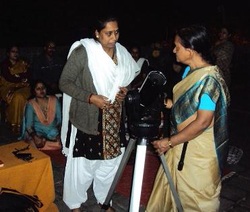 SWAN’s Jalpaiguri unit organized a Night Sky observation event especially dedicated to the ‘Mothers’ of the locality. Engulfing majesty of the night sky is awe-inspiring for all. But finding time to enjoy that after getting out of day to day work load is a Herculean job for the home makers. SWAN came forward here with its extended hands to these house wives, home makers for whom, the best identity is the ‘Mothers.’ It was evening 23rd Feb 2013. Daily hazards is difficult, especially for mothers. But enthusiasm folk them together to spend a few hours in a different way in the evening of 23.02.2013. 7:00pm -9:30pm. Under the guidance of SWAN president Dr. Rekha Kahali, around 30 participants were given an idea about them movement of stars, shown bright stars like Sirius, Canopus, Betelgeuse, Procyon, Capella. Planet Jupiter was a major point of attraction. They also had telescoping experience with a MEADE ETX 90. Major craters of 13 days old Moon were show to them. 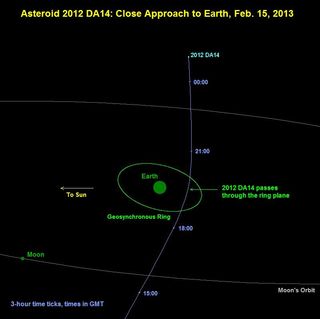 Getting prepared for the great encounter of 15th. Asteroid vs Earth. Been to a location to find a suitable spot to try to capture the once in lifetime event on 15th-16th Feb IST Midnight. Had a plan to do a star trail series. But sky got cloudy, left it. A small asteroid 2012 DA14 will come within many of Earth’s artificial satellite’s orbits, especially those are in geostationary orbit at an altitude of around 36,000km. The small asteroid of around 45 meter diameter may come as close as 3.2 Earth radii (Around 20,000km) at 19:26 UTC on February 15, 2013 or 00:26 hr 16th February 2013 IST. Though so close, its brightness will remain much lesser than needed for it to become visible with naked eye. SWAN will try to shoot it.
This 2013 close approach to Earth will reduce the orbital period of 2012 DA14 from 366 days to 317 days. The next notable close approach of that to Earth will be on 16 February 2046 when the asteroid will pass no closer than 0.0004 AU (60,000km; 37,000 mi) from the center-point of Earth. SWAN dedicated its activities on the 64th Indian Republic Day TO THE BRAVE INDIAN SOLDIERS WHO HAVE SACRIFICED THEIR LIVES FOR THE NATION.
And for this, we organized a large scale sky watching camp at Indian Army Base at Sukna. |
EventsHere you can find our events Categories
All
|

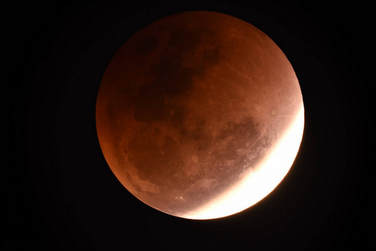
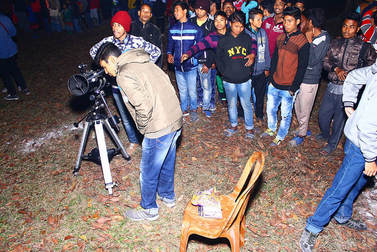

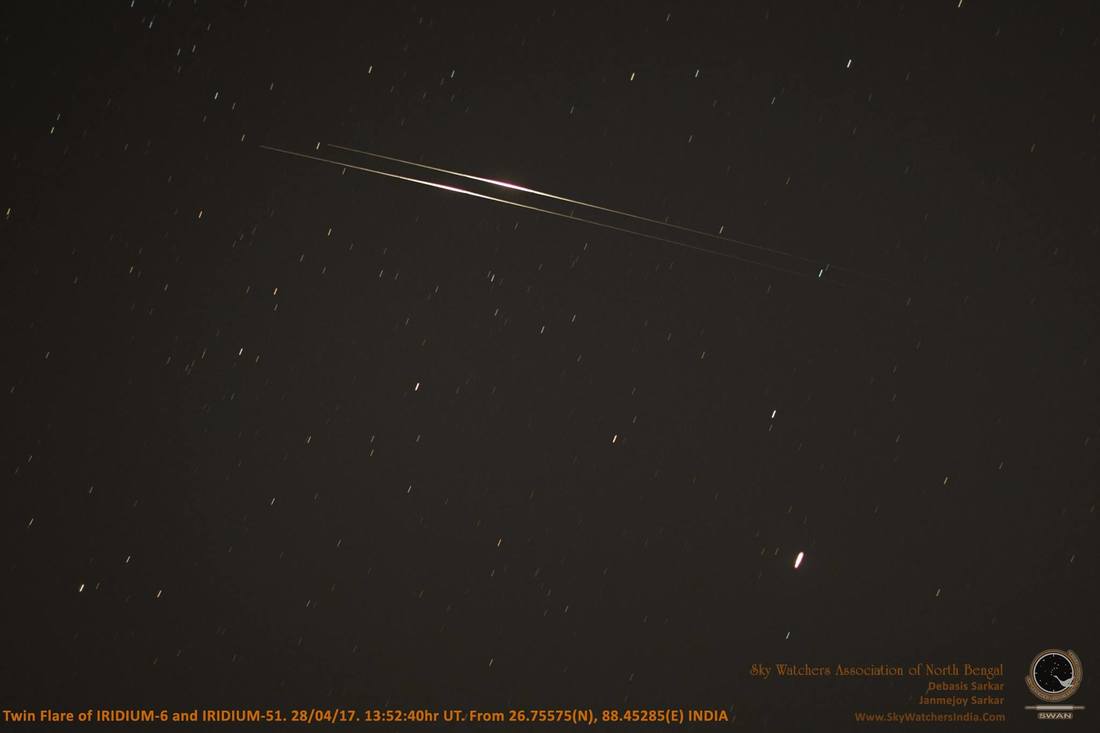
 RSS Feed
RSS Feed
